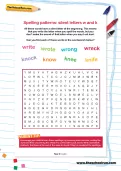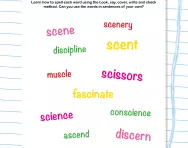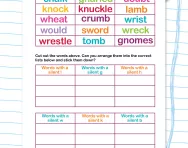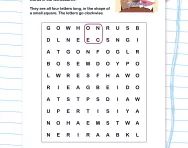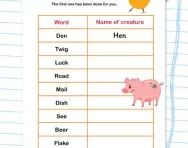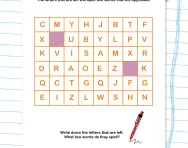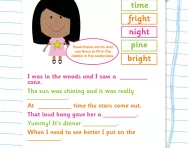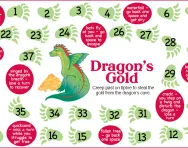TheSchoolRun.com closure date
As we informed you a few months ago, TheSchoolRun has had to make the difficult decision to close due to financial pressures and the company has now ceased trading. We had hoped to keep our content available through a partnership with another educational provider, but this provider has since withdrawn from the agreement.
As a result, we now have to permanently close TheSchoolRun.com. However, to give subscribers time to download any content they’d like to keep, we will keep the website open until 31st July 2025. After this date, the site will be taken down and there will be no further access to any resources. We strongly encourage you to download and save any resources you think you may want to use in the future.
In particular, we suggest downloading:
- Learning packs
- All the worksheets from the 11+ programme, if you are following this with your child
- Complete Learning Journey programmes (the packs below include all 40 worksheets for each programme)
You should already have received 16 primary school eBooks (worth £108.84) to download and keep. If you haven’t received these, please contact us at [email protected] before 31st July 2025, and we will send them to you.
We are very sorry that there is no way to continue offering access to resources and sincerely apologise for the inconvenience caused.
Spelling patterns: silent letters w and k
What are examples of spelling patterns?
A spelling pattern is a predictable arrangement of letters within words that helps guide their pronunciation and spelling. For example, a common spelling pattern taught in primary school is the silent 'e' pattern, where adding an 'e' at the end of words like kit (becoming kite) changes the vowel sound from short to long.
What is the spelling pattern or rule for letters beginning with k and w?
Silent w
Words like wrist, write, and wrench all contain a silent w at the beginning. This pattern is typically found in words where w precedes the letter r. The w is not pronounced, so it helps to familiarise children with the visual appearance of these words and the sound they make without the w. Teachers often introduce this pattern through reading and writing activities, encouraging children to recognise and use these words in sentences to reinforce their understanding that the w is silent and not sounded out.
Silent k
In words such as knight, knife, and knee, the k is silent when it comes before an n. This silent k pattern is common in English and can initially be tricky for young learners. To help children grasp this pattern, teachers might use flashcards and reading exercises, pointing out that while the k is part of the spelling, it does not affect the pronunciation of the word. Engaging activities like matching games or writing sentences with silent k words can make the learning process more enjoyable and memorable.
How will this spelling patterns worksheet help your primary-school child?
This fun spelling patterns activity was created by an experienced educator with the purpose of engaging your child in the learning process and embedding the rules for silent w and k.
For more support with primary-school English, check out our hub page, or try a new challenge such as our Spelling patterns: the prefix dis-.
